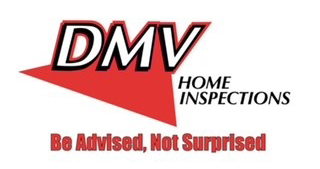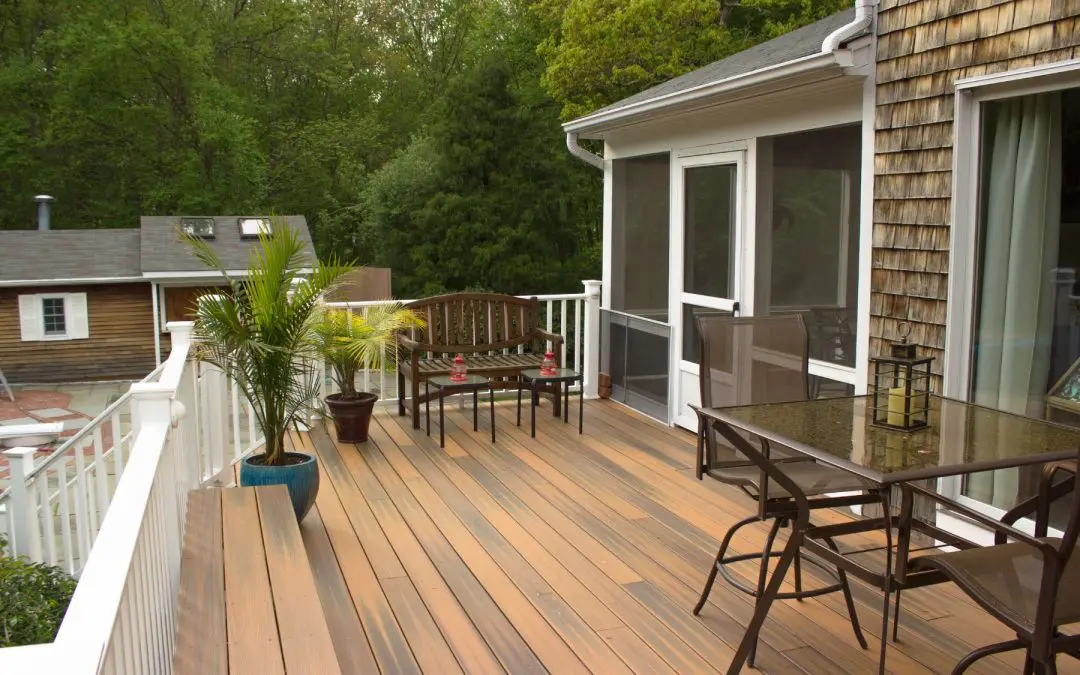Deck safety relies on a comprehensive system of maintenance, inspection, and thoughtful design choices. By taking proactive steps now, you can prevent serious issues in the future. This guide provides practical and actionable advice to help ensure your deck remains secure for many years to come.
Start with a Thorough Annual Inspection
Think of your deck as a structure that endures the brunt of weather changes, from harsh sun and rain to snow and ice. This constant exposure means certain components are susceptible to wear and tear. You should perform a detailed inspection every spring.
Check the Deck’s Structure and Framing
The most critical safety concerns often reside in the parts you don’t see. Start by looking underneath the deck. Inspect the ledger board, which is the framing piece attached to your house. This connection is vital, and failure here is the leading cause of deck collapses. Look for signs of pulling away, rotting wood, or loose fasteners. Fasteners should be hot-dipped galvanized or stainless steel lag screws or bolts—never just nails.
Next, examine the posts and joists. Posts should be firmly anchored to concrete footings, typically with metal connectors (post bases) that keep the wood slightly above the concrete to prevent moisture absorption. Look for any visible rot, especially near the ground. Use a screwdriver to probe wood in critical areas; if the wood is soft and easy to penetrate, it likely needs replacement. Check joists for significant cracking or sagging, which indicates a structural problem that needs immediate attention.
Inspect Railings and Stairs
Deck railings are essential for preventing falls. The posts should be rigidly attached to the deck frame, not just to the decking surface. Give the railing a firm shake—it should feel solid with minimal movement. Handrails must be continuous and securely fastened. The balusters (vertical posts) should be spaced no more than four inches apart. This spacing prevents small children from slipping through or getting their heads stuck.
Stairs present a unique hazard. Every tread (the horizontal part you step on) should be secure, and stringers (the angled side supports) must be sound. Ensure the handrails are stable on both sides, and that the risers (the vertical space between steps) are uniform. Uneven riser heights are a common trip hazard.
Address the Decking Surface
While not as structurally critical as the framing, the decking surface is where most slips and trips occur. Look for protruding nails or screws and immediately secure or replace them. Sand down or replace splintered boards. Pay special attention to areas around downspouts or planters where moisture is persistent, as these spots often see faster deterioration.
One of the easiest improvements you can make is ensuring proper drainage. Puddles that sit on the deck surface for hours can lead to moss or mildew growth, creating a slick hazard. Applying an anti-slip coating or simply a fresh coat of sealant or stain can improve traction and protect the wood from moisture damage.
Enhance Deck Safety Through Smart Design
Beyond maintenance, certain design choices significantly increase deck safety.
A dark deck is an accident waiting to happen. Integrate lighting that illuminates stairs, pathways, and the perimeter of the deck. Options range from solar-powered post cap lights to low-voltage step lights. The goal is to clearly define the edges and changes in elevation without harsh glare.
Keep the deck free of unnecessary clutter. Items like hoses, toys, or excessive planters can be tripping hazards and need safe storage solutions. Ensure your furniture is appropriately sized and stable. Rocking chairs or furniture with sharp corners can be dangerous in crowded areas. Secure outdoor rugs, as curled edges are notorious for causing trips.
Deck Safety: Frequently Asked Questions
How often should I seal or stain my deck?
The frequency depends on the climate and the product used, but a good rule of thumb is every one to three years. Look for signs that the wood is absorbing water rather than repelling it—if a few drops of water soak into the wood quickly, it’s time to re-seal.
What is the maximum space allowed between deck railing balusters?
The most widely accepted safety standard, often required by building codes, is that balusters must be spaced no more than four inches apart to prevent a child’s head from becoming lodged.
Are metal fasteners better than nails for deck construction?
Absolutely. Lag screws, bolts, and specialized deck screws provide significantly greater withdrawal resistance and are much less likely to loosen over time than nails. When replacing decking, use rust-resistant, exterior-grade deck screws.
When should I hire a professional for a deck inspection?
If your deck is older than ten years, or if you notice significant issues like a noticeable wobble, sagging, or separation from the house, it is highly recommended to hire a qualified deck inspector or structural engineer. They can provide an objective assessment of the deck’s structural integrity.
How do I prevent wood rot?
Good ventilation and drainage are key. Ensure there is adequate airflow underneath the deck. Clear debris between deck boards, and keep the areas around posts and footings free of soil and mulch. Using wood preservatives and waterproof stains also helps significantly.
DMV Home Inspections offers inspection services to homebuyers and sellers in the Washington DC metro area. Contact us to schedule an appointment.

